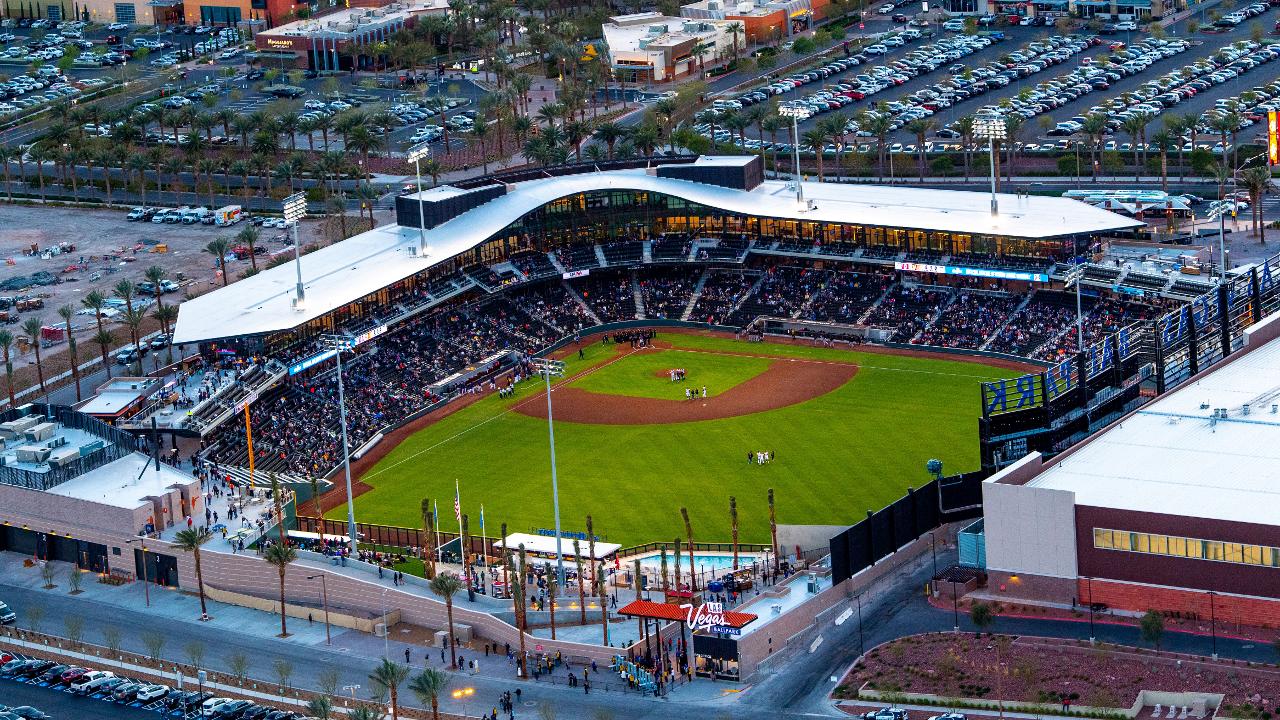Major League Baseball (MLB) is pushing a proposal that could eliminate 42 minor league teams. The proposal would also restructure the relationship between the two professional baseball organizations, stripping some of the traditional powers away from MiLB.

Every two years, the major and minor league baseball organizations negotiate and sign the Professional Baseball Agreement (PBA). The current agreement doesn’t expire until the end of the 2020 season, but judging by MLB’s proposals, the two sides may need all the negotiating time they can get.
Most PBAs come and go with a few tweaks to the relationship between major and minor league baseball. With the fate of 42 minor league teams in the balance, this time is different.
Up to a 1,000 Players Cut as Rural Towns Lose Teams
MLB claims its proposal to cut 42 minor league teams will effectively improve facilities for the remaining players and fans. MLB suggests that most of the teams it wants to eliminate have ballparks that are below par. It also wants to reduce travel time and costs between MLB teams and their minor league affiliates. Regardless of motives, MLB’s proposal will devastate mostly rural teams, their owners, players, and communities.
For instance, the Appalachian League has been around since 1911. It currently has 10 Rookie Class teams, which hail from small towns and cities across West Virginia, Tennessee, Virginia, and North Carolina. The MLB’s proposal would eliminate nine out of its 10 teams.
The New York-Penn League, founded in 1939, would lose eight out of its 14 Class A teams. Granted, the ownerless Batavia Muckdogs would still likely fold, even without the proposal. Consider, however, the Lowell, MA Spinners, who helped nurture Jonathan Paplebon and Mookie Betts.
Lowell is within spitting distance of its MLB affiliate, the Boston Red Sox. Apparently, the MLB doesn’t like that the Spinners — named for the town’s textile roots — share an older stadium with the University of Massachusetts, Lowell.

In all, up to 1,000 MiLB players across 22 states stand to lose their jobs. The MLB has told teams on the chopping block that they can form their own unaffiliated league made up of undrafted players. The MLB calls it the “Dream League.” It’s hard to think, however, that the same teams that couldn’t afford stadium upgrades will be able scrape up the $300,000 to $400,000 annual costs to run an unaffiliated team.
After Cutting Player Pay, Congress Weighs in on MiLB’s Side
On Nov. 19, more than 100 members of Congress sent a letter in “firm opposition” to the proposed minor league cuts to MLB’s Commissioner, Deputy Commissioner, and all 30 MLB club owners. Deputy Commissioner, Dan Halem fired back with a letter of his own.
Halem blamed the MiLB owners for the current system’s expense and inefficiencies. Halem further suggested that Congress is being conned.
“We know for a fact,” Halem wrote, “that many Minor League owners — including owners in districts represented by Members of Congress who signed the letter to the Commissioner — are presently attempting to relocate their affiliates to different cities, or sell them outright.”
Maybe Congress and MLB are just sad to lose their cozy relationship. After all, Congress last year passed a provision that prevents MiLB players from collecting overtime pay, potentially saving MLB a bundle. Buried in a spending bill of nearly 2,000 pages, the provision mostly escaped notice.
Is MiLB Paying the Price for MLB’s Issues?
Of course, MLB’s “tough love” PBA proposal may have more to do with MLB than it does with MiLB. MLB closed the 2019 season with a fifth straight year of declining attendance. As a result, MLB is looking to cut costs. MiLB’s roughly 8,000 player roster is arguably an easy target. MLB is also looking to raise revenues the one way it knows how — featuring new stadiums.
The Oakland A’s are among those MLB teams with flagging attendance. Oakland still plays in an aging, dual-purpose stadium, which is an attendance issue. That’s one reason why MLB Commissioner Rob Manfred has threatened to move the A’s to Las Vegas if the city didn’t drop a lawsuit that threatened construction of a new stadium.
Maybe MLB’s proposal will pressure a few minor league teams or communities to upchuck the bucks for expensive new stadiums. That would be difficult for many of the rural teams listed, especially with no guarantee of remaining an MLB affiliate. New MiLB stadiums could potentially help MLB, which gets a piece of minor league ticket sales.
MLB and MiLB have until the start of the 2021 season to work out their differences. Until then, expect to see each side try to win points in the court of public opinion.











